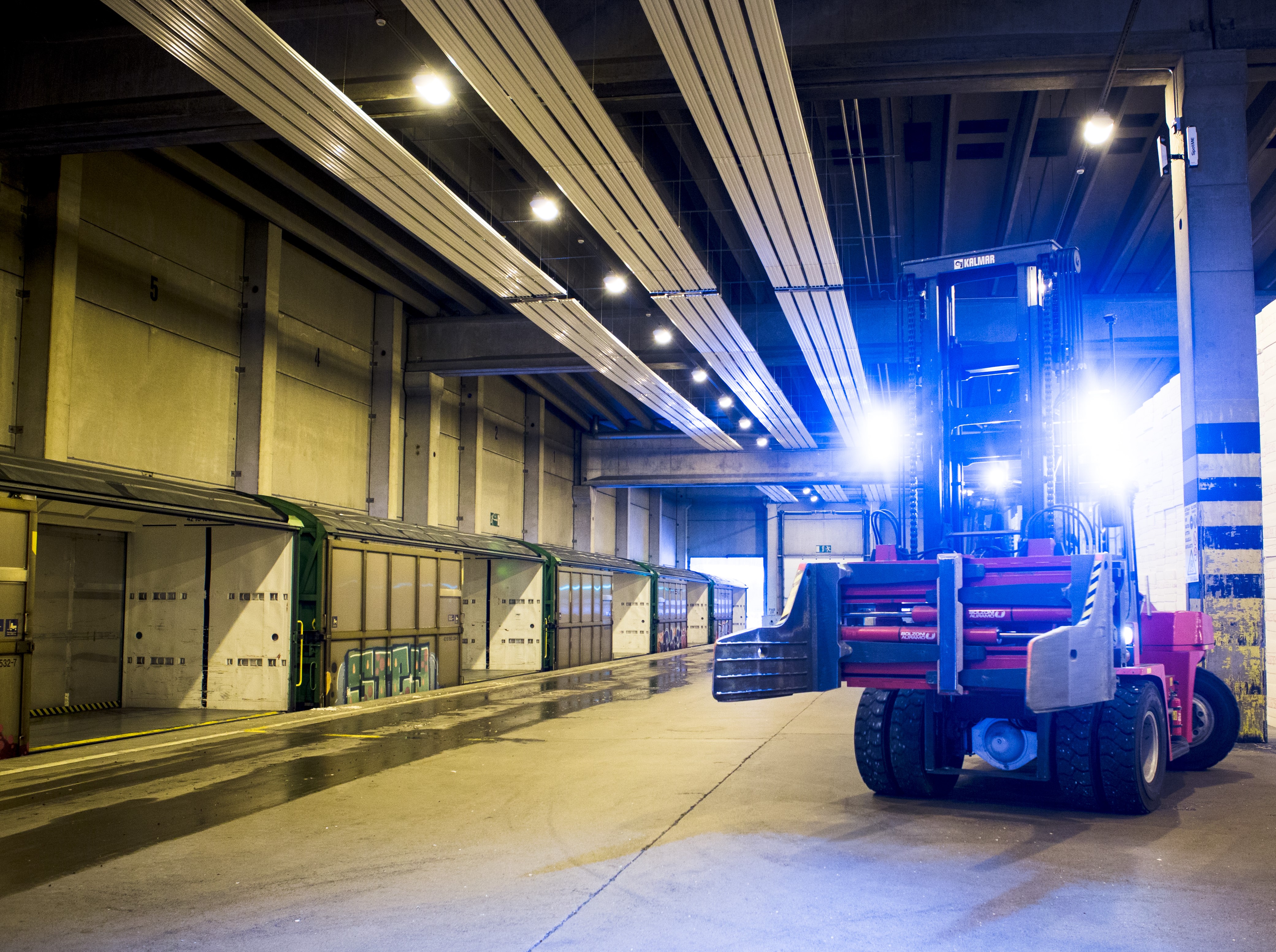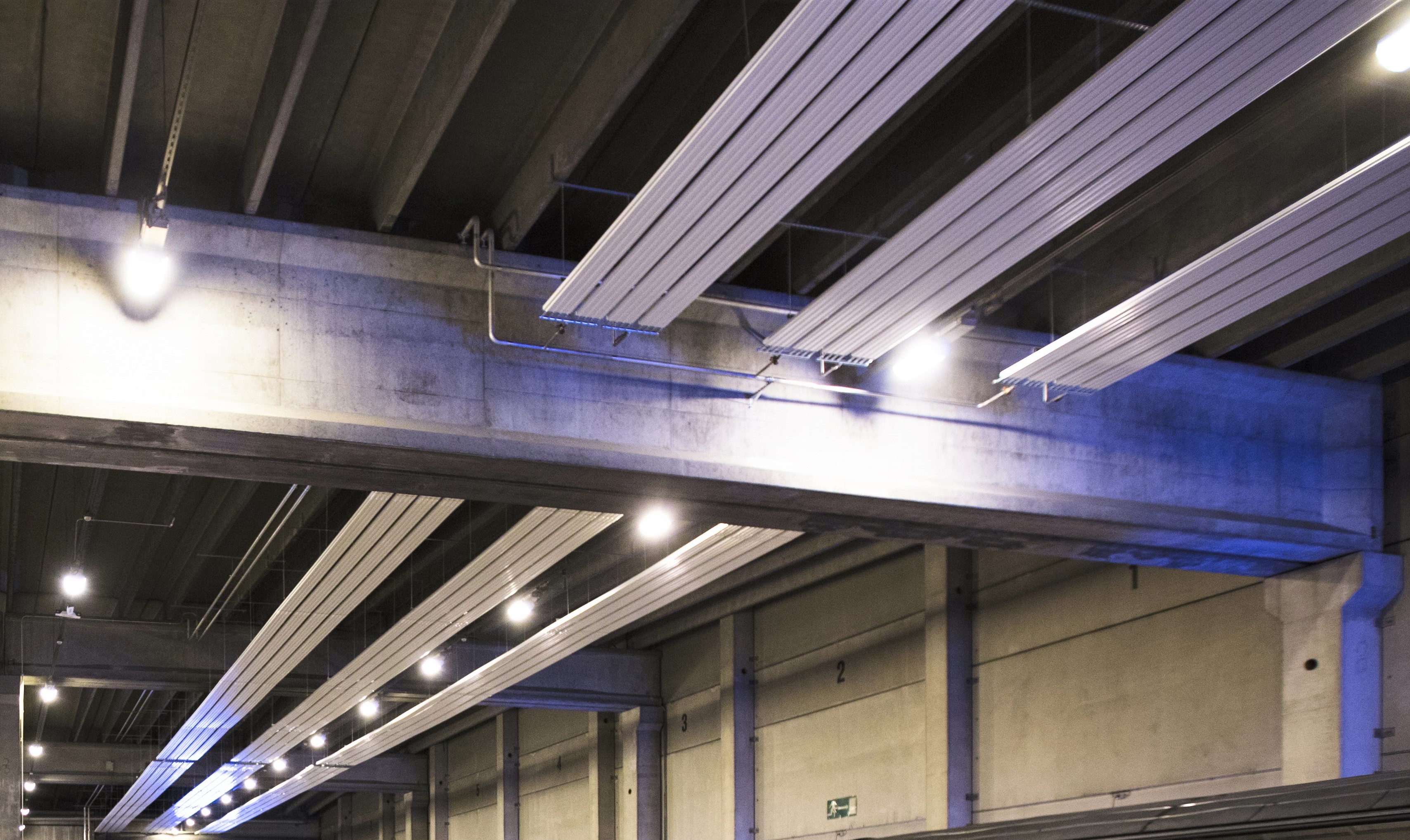Metsä Board Joutseno Mills

Description of the project: Metsä Board Joutseno Mills, Lappeenranta
Itula has delivered a frost protection system for the drive-through loading area of the Metsä Board Joutseno Mills. The area is open and exposed to below-freezing temperatures in winter. The main task of the frost protection system is to keep the floor surface free of ice for trucks to drive through.
After careful planning, it was concluded that ceiling-mounted radiant panels heated with a glycol-water mixture would provide the best results in this particular application. The earlier underfloor heating had consumed a lot of electricity, whereas a hydronic system can be used with any energy source. In Metsä Board's case, this translated into utilisation of the thermal energy recovered from the mill's own production processes. Thanks to the new system, the factory is 100% self-sufficient when it comes to heating the loading area.
- We were able to trust Itula and its competence from the very beginning of the project. We received a clear proposal for a system that would best meet our needs. We were convinced that the solution would be successful. One year down the line and everything works as planned, says Jukka Neuvonen, Process Engineer, Metsä Board Joutseno Mills.
Challenging conditions
The loading area of the Metsä Board Joutseno Mills is open from two ends with both train tracks and a truck lane running through. In winter, the temperature drops below freezing, and the trucks carry snow, ice and water indoors.
The floor surface must remain frost-free even on the coldest days. The heated floor space is about 100 metres long and 8.5 metres wide. Electric heating costs tend to soar in cold spaces. Radiant ceiling panels heated with warm water are very efficient even in high-ceiling rooms, because they heat surfaces and not the air itself. This basic operating principle made radiant panels an ideal solution for the demanding conditions in the Metsä Board mill loading area.
Affordable and fast
It was not feasible to repair the old electrical underfloor heating system. Installing a new hydronic system, on the other hand, would have meant tearing up the entire, perfectly usable, floor. Building a new, strong enough floor would also have been difficult, expensive and slow. During that time, the whole loading area would have been out of use.
Thanks to the radiant ceiling solution, the whole system could be installed easily on the roof structures. The system integrated perfectly with the existing technology. Floor structures remained intact and the loading area was used without interruptions. The project took less than a year to complete from planning to introduction.
Self-sufficient heating
A hydronic system is suitable for any energy source. As in the case of Metsä Board Joutseno, it allows for the utilisation of secondary heat recovered from the mill's own processes. Compared to direct electricity, for example, this generates significant savings.

